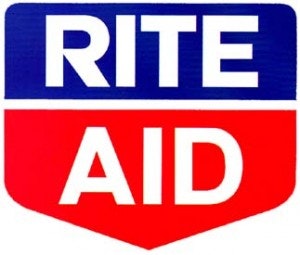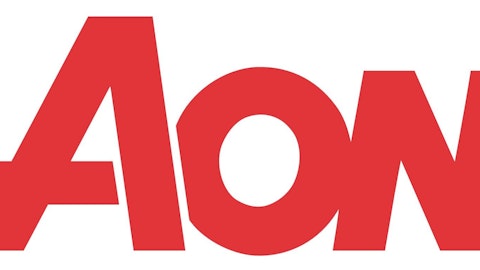
This following is a chart depicting the number of new medications approved by the FDA over the last 70 years:

source: Forbes.com
The rise of generics
A little over a year ago the best selling drug of all time Lipitor — which generated a mind blowing $130 Billion for Pfizer Inc. (NYSE:PFE) since it hit the market — went off patent. This year, 40 drugs which generate an estimated $29 billion in annual revenue are set themselves to go off patent. While the patent cliff must cause significant headaches for pharmaceutical companies that focus on developing new therapeutic medications, it does benefit other businesses in the sector. Generic drug manufacturers are the first to come to mind, however they’re no the only ones.
Generic drugs are generally sold at higher markups than branded drugs; this means that a pharmacy retailer can make a higher gross profit on sales of generic drugs than they do on patented drugs. This comes with a catch though: Generic drugs are usually much cheaper than their branded counterparts, therefore a drug retailer’s top line revenues would suffer from selling more generic drugs rather than patented ones. This means that more generic drug sales result in less or even negative revenue growth, but higher margins.
So which drug retailer would most likely benefit from this trend? Well, according to management consultancy firm McKinsey and Co., businesses with high returns on capital can create value for shareholders by continuing to grow top line revenue at a rapid pace, while businesses with low returns on capital can actually destroy value by higher growth and should focus on improving their returns on capital before growing. Since higher margins present an opportunity to improve returns on capital, attention should be given to the weakest performers.
The weak becomes the strong
The three biggest pharmacy retail chains in the US are CVS Caremark Corporation (NYSE:CVS), Walgreen Company (NYSE:WAG), and Rite Aid Corporation (NYSE:RAD), in that order. CVS Caremark Corporation (NYSE:CVS) and Walgreen Company (NYSE:WAG) are both highly profitable companies; they possess a polished balance sheet and are in healthy financial shape. Rite Aid Corporation (NYSE:RAD), on the other hand is in a dire financial state. The company made subsequent losses from 2007 up until the third quarter of FY 2012; the company also has negative stock holder equity and about $6 Billion in debt, which represents nearly 75% of its enterprise value.
So how have the three companies’ stocks performed over the last 6 months?
| Company | Return over the last 6 months |
| CVS | 29.8% |
| WAG | 51.4% |
| Rite Aid | 175% |
While Rite Aid Corporation (NYSE:RAD) displays all the above mentioned problems, investors in the drug retailer were heavily rewarded over the last 6 months. The company posted its first profit in years in December of 2012, and reported even better results last month; plus the stock happened to be cheap — really cheap. The company was trading at P/S of 0.03 up until the announcement of the company’s first profit in five years.

